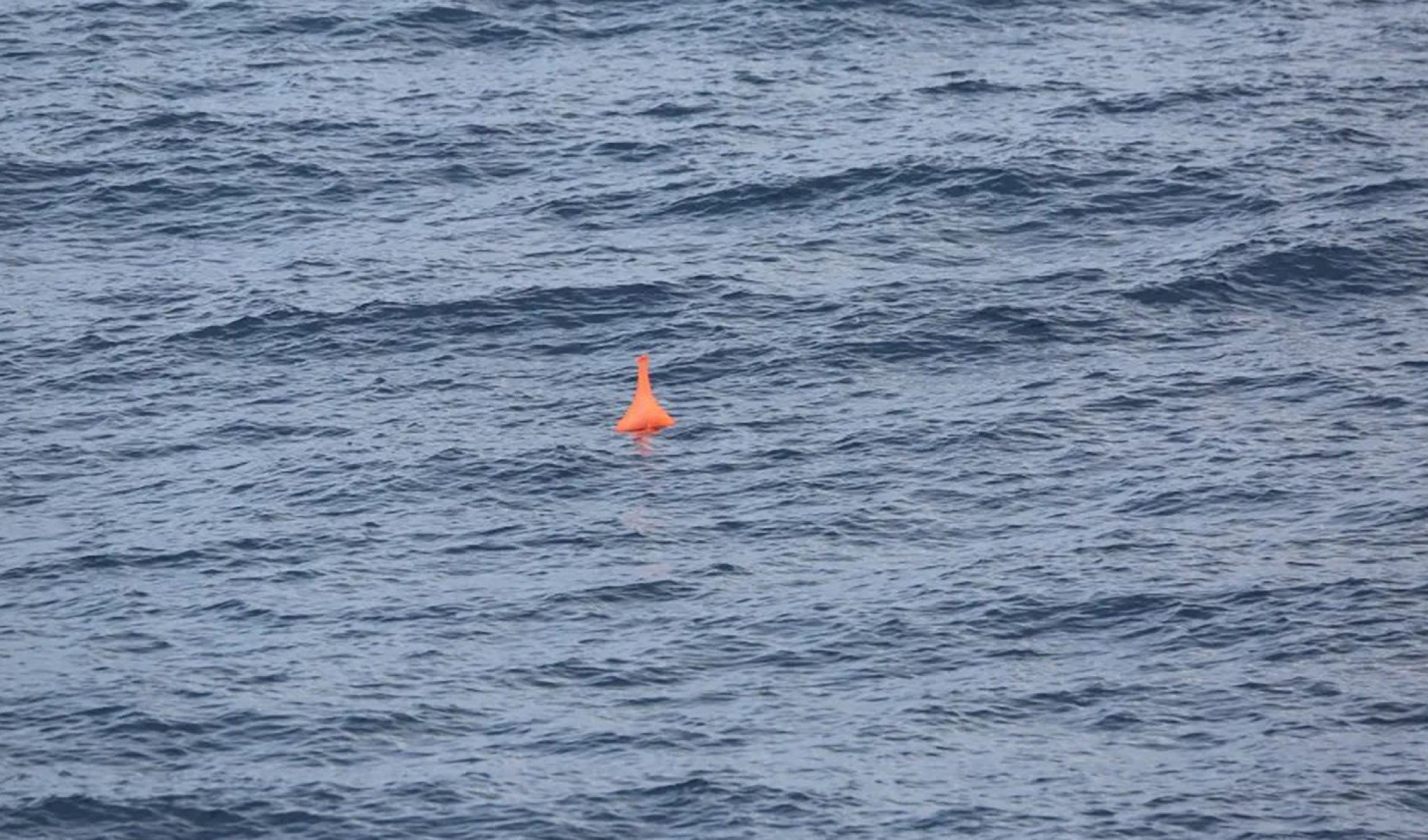
China-Australia maritime incident shows up Beijing’s concerns about submarine-detecting sonobuoys
- China says close surveillance of its PLA flotilla by an Australian patrol plane and the dropping of a sonar system 4km from its ships were ‘provocative actions’
- Observers say Beijing is likely concerned about Western powers gaining intelligence about its subs and their movements
Beijing is concerned about the release of sonobuoys by foreign aircraft and warships close to Chinese vessels because of their capacity to collect information about submarines for Western militaries, according to military analysts.
“Sonobuoys released into the water would not harm the safety of surface warships, but such a move made the People’s Liberation Army nervous,” Wong said.

On Monday, the Chinese defence ministry accused Australia of having its P-8A patrol aircraft release sonobuoys, a small floating sonar system, near a Chinese flotilla that included a Type 052D destroyer, a Type 054A frigate, a Type 071 amphibious transport dock and a Type 903 replenishment ship, during their engagement in Australia’s exclusive economic zone on February 17.
“The P-8A is very close to the Chinese warships, just 4km [2.8 miles],” spokesperson Tan Kefei said. “The close surveillance and release of sonobuoys are provocative actions that can easily lead to misunderstanding and misjudgments.”
Australia plane had ‘right’ to watch China navy ship in its waters: Morrison
Collin Koh, a research fellow at the S. Rajaratnam School of International Studies at Singapore’s Nanyang Technological University, said releasing sonobuoys in waters at least 4km from warships would not harm them.
“I believe the P-8 aircrew might have had information about a suspected underwater contact in the area, or that they had themselves detected the contact,” Koh said.
“[The P-8 aircrew] wanted to identify the contact. Dropping the sonobuoys to localise it would have been a logical explanation.”
Beijing-based naval analyst Li Jie said it was common for China to deploy submarines to accompany surface warships for drills in high seas. The Australian move to drop sonobuoys so close to the Chinese flotilla would have put the PLA on alert, he said.
“The P-8 Poseidon is designed as an anti-submarine aircraft – its move to release sonobuoys in the waters near a Type 054A Chinese frigate suggested the Australian plane had found some Chinese submarines underwater,” Li said.
“The PLA sees Australia as a close partner of the United States, while the P-8A might want to collect the voice print of Chinese submarines, especially information about China’s nuclear-powered ballistic missile submarines’ (SSBN) operation pattern, to the Pentagon.”
Li said if a similar incident occurred in China’s exclusive economic zone in the South China Sea, the PLA would expel Australian warships and aircraft trying to release sonobuoys from the area.
On Sunday, the French navy said its Vendémiaire frigate was being watched by a Type 054A Chinese frigate as it trained divers to inspect the hull and the structure of the ship in the South China Sea.
“China also wanted to see if the French warship needs our help,” Beijing-based military commentator Zhou Chenming said.
But he added that because France was a Nato member, the PLA needed to keep an eye on the French vessel to watch for sonobuoys or drones being dropped into the water to collect information on Chinese submarines.
The underwater arms race: China, Aukus and a deepening sub rivalry
China built Asia’s largest nuclear submarine base in Yalong Bay, a few kilometres from Yulin Naval Base at the southern tip of Hainan and featuring an underground tunnel leading to the South China Sea.
“China used to keep the latest development of SSBNs [ballistic missile submarines] as a top state secret, including the variants of its most advanced Type 094, so the PLA would not allow foreign aircraft and warships to get close to Chinese submarines,” Li said.
China has developed two kinds of SSBN – the Type 092 and Type 094 – with an upgraded version of the latter reportedly able to fire the JL-3 or Julang (Big Wave) submarine-launched ballistic missile. The JL-3 has a range of over 10,000km (6,200 miles), rendering it capable of hitting the US mainland.

